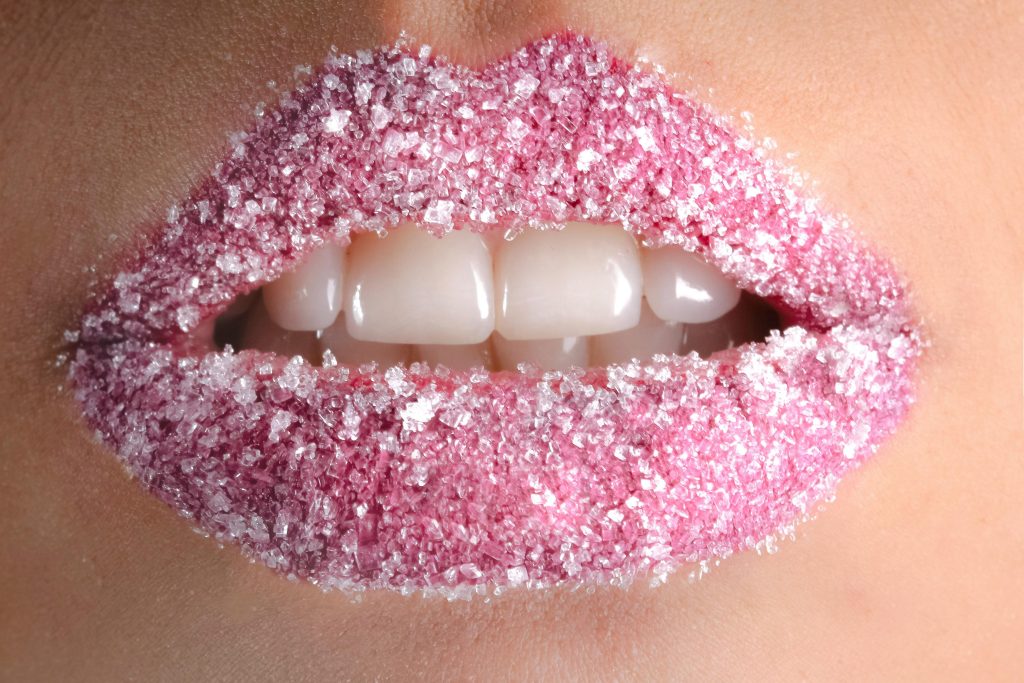How to Curb Sugar Cravings: Mastering Your Sweet Tooth for a Healthier You
Sugar cravings can feel like a relentless struggle, especially when you’re aiming to adopt healthier eating habits. The seductive pull of sugary snacks and desserts often derails even the most determined individuals. But understanding why these cravings happen—and learning how to curb them effectively—can empower you to take control of your diet and improve your overall health.
This blog post explores the science behind sugar cravings, their impact on your body, and actionable strategies to help you reduce them for good.

Understanding Sugar Cravings: Why Do We Crave Sweet Things?
Sugar cravings are not just about a lack of willpower. Biological, psychological, and environmental factors influence them. Here’s what’s happening behind the scenes:
1. Sugar and Your Brain
Sugar activates the brain’s reward system, triggering the release of dopamine—a neurotransmitter associated with pleasure. This is why eating sugar feels so good, and why we often crave it in moments of stress or sadness.
2. Blood Sugar Spikes and Crashes
When you consume sugary foods, your blood sugar levels spike rapidly, providing a quick burst of energy. However, this is often followed by a crash, leaving you tired, irritable, and craving more sugar to regain energy.

3. Emotional Eating and Habit Loops
Sugar is often tied to emotions. Stress, boredom, or sadness can lead to reaching for a sugary treat for comfort. Over time, these behaviors become habitual, making cravings feel automatic.
4. The Role of Hidden Sugars
Many processed foods contain hidden sugars, making it easy to overconsume without realizing it. This steady intake fuels dependency and intensifies cravings.

The Impact of Excess Sugar on Your Health
Understanding the consequences of excessive sugar consumption can provide motivation to address cravings. Here’s how sugar affects your body:
- Weight Gain: Excess sugar contributes to calorie overload and fat storage, especially around the abdomen.
- Chronic Diseases: High sugar consumption is linked to type 2 diabetes, heart disease, and non-alcoholic fatty liver disease.
- Mood Swings: The blood sugar rollercoaster can cause irritability, anxiety, and fatigue.
- Dental Problems: Sugar is a primary culprit behind tooth decay and cavities.
Reducing sugar isn’t just about losing weight—it’s about protecting your overall health and improving your quality of life.

Proven Strategies to Curb Sugar Cravings
Curbing sugar cravings is a process that requires a mix of practical strategies and mindset shifts. Here’s how to tackle them effectively:
1. Balance Your Meals for Blood Sugar Stability
Balanced meals help prevent the blood sugar spikes and crashes that drive cravings.
- Prioritize Protein: Protein helps keep you full and stabilizes blood sugar. Include sources like eggs, chicken, fish, tofu, or beans in your meals.
- Include Healthy Fats: Avocados, nuts, seeds, and olive oil provide lasting energy and help you feel satisfied.
- Choose Complex Carbs: Whole grains, fruits, and vegetables provide fiber, which slows digestion and prevents rapid blood sugar fluctuations.

2. Stay Hydrated
Thirst can often masquerade as hunger or cravings. Aim to drink plenty of water throughout the day. If plain water feels boring, add a slice of lemon, cucumber, or mint for natural flavor.
3. Plan Ahead to Avoid Temptation
Preparation is key to managing cravings.
- Meal Prep: Cook healthy meals in advance to reduce reliance on quick, sugary fixes.
- Keep Healthy Snacks Handy: Stock your kitchen with nuts, seeds, fresh fruit, and yogurt to satisfy hunger without reaching for sugar.
- Read Labels: Be aware of hidden sugars in processed foods like sauces, cereals, and snack bars.

4. Manage Stress Levels
Stress is a common trigger for sugar cravings due to the release of cortisol, a hormone that drives hunger for quick energy sources like sugar.
- Practice Relaxation Techniques: Activities like yoga, meditation, or deep breathing can help lower stress.
- Exercise Regularly: Physical activity not only reduces stress but also stabilizes blood sugar levels.
5. Get Quality Sleep
Lack of sleep disrupts hunger-regulating hormones, increasing cravings for sugary and high-carb foods. Aim for 7-9 hours of quality sleep per night.

Smart Swaps: Reducing Sugar Without Feeling Deprived
Cutting back on sugar doesn’t mean giving up sweetness altogether. Try these healthier alternatives:
- Choose Whole Fruits: Fruits like berries, apples, and oranges offer natural sweetness along with fiber and nutrients.
- Flavor with Spices: Add cinnamon, nutmeg, or vanilla to oatmeal or yogurt for a sweet flavor without added sugar.
- Opt for Dark Chocolate: A small piece of dark chocolate (70% cocoa or higher) can satisfy cravings without overloading sugar.
- Sweeten Naturally: Use small amounts of honey, maple syrup, or stevia as alternatives to refined sugar.

Breaking the Habit: Long-Term Strategies to Overcome Cravings
While quick fixes can help at the moment, breaking the sugar habit requires a long-term commitment.
1. Gradual Reduction
Going cold turkey can be daunting and lead to withdrawal symptoms like headaches and irritability. Instead, gradually reduce added sugars in your diet to allow your taste buds to adjust.
2. Reprogram Your Palate
Over time, reducing sugar can make naturally sweet foods like fruit taste more satisfying. Train your palate by cutting back on sugar in beverages, sauces, and snacks.

3. Build New Habits
Replace the habit of reaching for sugary treats with healthier activities, such as:
- Taking a short walk.
- Drinking herbal tea.
- Practicing mindfulness or meditation.
4. Celebrate Progress, Not Perfection
Don’t aim for perfection. It’s okay to indulge occasionally, as long as it’s a conscious choice rather than an automatic habit. Focus on progress and celebrate small victories.

Handling Cravings When They Strike
Even with the best strategies in place, cravings will happen. Here’s how to manage them:
- Delay and Distract: Cravings are often fleeting. Wait 15-20 minutes and distract yourself with a task or activity.
- Chew Gum or Sip Tea: Sugar-free gum or a cup of herbal tea can satisfy the urge to chew or sip without added sugar.
- Practice the “One Bite” Rule: If the craving is overwhelming, allow yourself a small portion and savor it mindfully.

Conclusion: You’re Stronger Than Sugar Cravings
Overcoming sugar cravings isn’t about deprivation—it’s about empowerment. By understanding the root causes of your cravings and adopting practical strategies, you can take control of your diet and transform your health.
Start small by balancing your meals, staying hydrated, and managing stress. Gradually, you’ll notice a shift as your body begins to crave healthier foods and your dependence on sugar decreases.
Remember, progress takes time, and every small step you take brings you closer to a healthier, more vibrant version of yourself. So, take charge today—your future self will thank you for it!

💬 Join the Bariradka Transformation Support group on Telegram!
Get exclusive tips, behind-the-scenes content, and chat directly with the author.
➤ Join the Community

